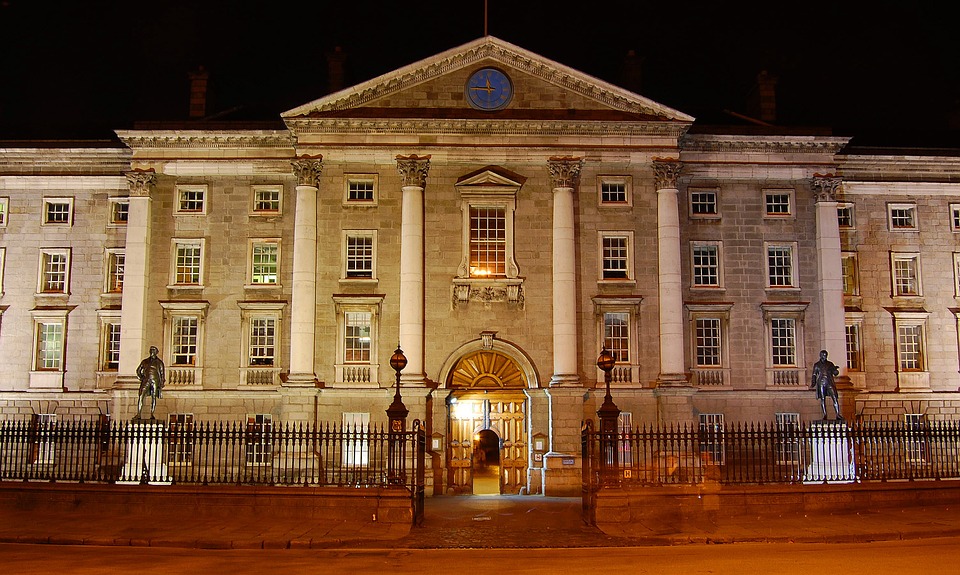Trinity alleges that they have been overcharged €300,000 by Dublin City Council for the new E3 Learning Foundry.
Dublin City Council granted planning permission to Trinity for the new development provided that Trinity contributes €744,311 towards public infrastructure and the new Luas Cross City line, according to the Irish Examiner.
Trinity asserts that the correct charge should be €271,937, and that they have been overcharged €334,776. College has taken an appeal to fix the charges to An Bord Pleanála.
In a statement made to Trinity News, Head of Media Relations Caoimhe Ní Lochlainn explained: “Trinity has requested a review of the planning contribution applied to the proposed E3 Learning Foundry in the context of calculating new space being created versus demolished space.”
According to Ní Lochlainn, Dublin City Council said that this process “will not impinge on the final grant of planning”, which is expected shortly.
Trinity has calculated that they have been charged for 6,581 square metres of general public infrastructure, when they should only be charged for 2,621 square metres. For each square metre of general public infrastructure, College has been charged €75.10 as well as €38 per square metre for the Cross City Luas line.
College has stated that they are not taking the demolition of the biochemistry building, which the E3 building will replace, into consideration when calculating the finances.
The E3 Learning Foundry will include natural sciences, computer sciences, and engineering, and is expected to provide physical space for the disciplines to collaborate on education and research in relation to global challenges such as climate change, renewable energy, and water provision.
The construction of the E3 Learning Foundry, estimated to cost around €60 million, was in part paid for by a €25 million from the Naughton family, the single largest private philanthropic donation in the history of the Irish state.
An additional €15 million was made available by the Department of Education and Skills through the Higher Education Authority (HEA).
The new building will have the capacity for 1,800 additional places for students of Science, Technology, Engineering and Mathematics (STEM) which constitutes an increase of 50% of STEM places in Trinity over 10 years.






